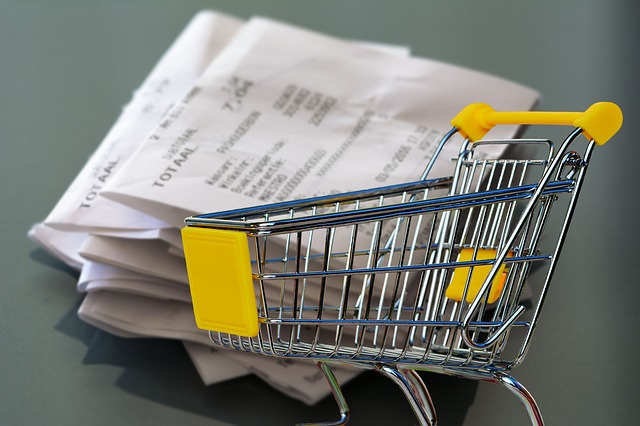
Five Ways to Pay Down Your Debt
If we carry a large amount of debt over an extended period of time, we can have trouble reaching our savings goals or getting approved for our ideal mortgage. Make progress on your debt repayment by following these five strategies:
- Stop Credit Card Spending: Until you can afford to pay down your credit card balance each month, set your credit cards somewhere they are not easily accessible, like in a safe or the back of your freezer. Don’t let yourself get swept up in the ease of online shopping and delete saved credit card information from sites.
- Automate Payments: Make contributions to the balance you owe, a regular and second-nature habit by setting up automatic transfers directly out of your bank account. Remember to reflect this amount in your budget!
- Pay Above Minimum: If you are only paying the minimum payment monthly, you are likely barely beating back the added cost of interest. Contribute as much as you can afford to each month in order to avoid owing more than you already do. Get back to your savings goals as soon as possible!
- Prioritize Your Debts: Assess the interest rates on your balances owed. Focus on paying down the amount gathering the highest interest rate, and then that with the next highest, to reduce your losses.
- Strategy with Your Savings: If your credit debt is so large that you feel like you can’t get a leg up on it, and have a decently established savings account, consider using a portion of your savings to pay down your debt. You don’t, of course, want to push yourself into financial instability by doing so. If an emergency could push you once more into major debt, set yourself instead to regular payments.
To learn more ways to improve your financial life, visit the Syncis blog at https://www.syncis.com/blog/.



